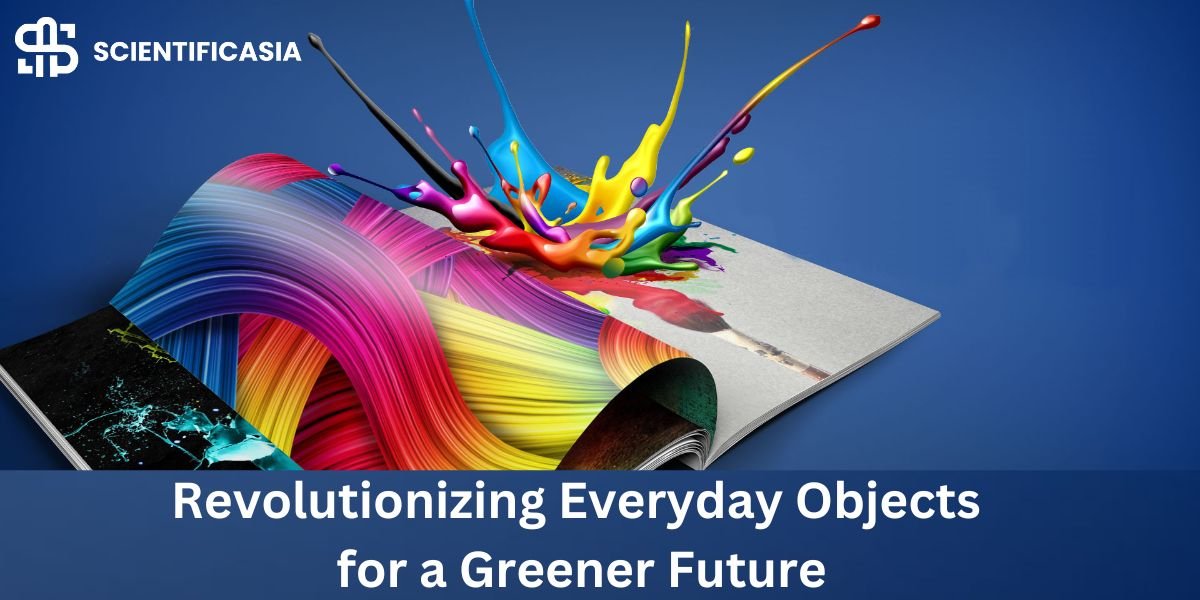It is important in the present world to understand the role of sustainable industrial design. Products like the chairs and phones we use on a daily basis are products of this branch of engineering. What if it was the seventh continent of the planet that was considered throughout its design and not only the functionality and aesthetics of the object? Here, ID helps in transforming the objects that we use in our day-to-day lives to be innovative and eco-friendly. For instance, consider your smartphone or coffee maker as a device that contributes to the greener world with its fashionable and practical appearance. Reflecting on the way we create these products and utilizing innovation, we can create a massive impact on the environment, which should be the guideline for a better life for all.
Core Principles of Eco-Friendly Design
- Lifecycle Thinking– The whole system, starting from acquiring the raw materials up to the disposal of the product, should be considered. We may minimize the environmental impact as we design products by seeking to understand their lifecycle.
- Material Selection and Reduction– Contact materials that are sustainable and take less effort to manufacture. Where possible, it is better to use less material or biodegradable products because these will have a positive impact.
- Energy Efficiency in Production and Usage– Manufacture and produce products that should take less energy while they are in use than when they are being produced. They are appliances that help reduce your electric bill, and which at the same time are environment friendly. Also, taking advantage of power choice texas can further enhance your savings by allowing you to select the most efficient energy plan for your needs.
- Openness– Create goods that are easy to recycle and generate the least amount of waste possible. Think about how much easier it is for consumers to reactivate tired objects.
- Social and Ethical Considerations– This entails thinking about everyone who is involved in that process. Ethical design refers to matters concerning how workers are treated as well as the social ramifications of ideas that are put into the development of products. It’s not easy to stand for what is right, no matter the circumstances.
Overcoming Sustainability Challenges
- Designing products that are both attractive and environmentally friendly is sometimes hard. To blend sustainable products into the modern lifestyle, designers must make them aesthetically pleasing and functional.
- The use of sustainable materials and processes requires more money. The problem is to remain cost-sensitive and, simultaneously, prove environmentally friendly.
- It can be quite a challenge to persuade people to use sustainable products. Consumers do not shift their palate and consumption patterns quickly or easily.
- For a comprehensive outline of the structure of environmental regulations, it might be rather challenging to do so. Thus, designers have to ensure that they design products that are not only eco-friendly but also conform to the set legislation.
Future Trends in Eco-Friendly Design
The future of sustainable industrial design seems promising, due to developing technology and breakthroughs. Exciting developments like biodegradable materials and energy-efficient production techniques are to be expected. A significant part of this change is manufacturers’ and designers’ ongoing pushing of limits to produce eco-friendly goods. Together, we can create a world that is greener and more sustainable by adopting new technology and staying ahead of current trends.
Conclusion
By accepting maintainable industrial design, we can revolutionize everyday objects, making them eco-friendly and innovative. This shift benefits the environment and sets the stage for a greener future. We can create a more sustainable world for everyone through thoughtful design and responsible practices. For more information on industrial design make sure you check out Paraform.
















